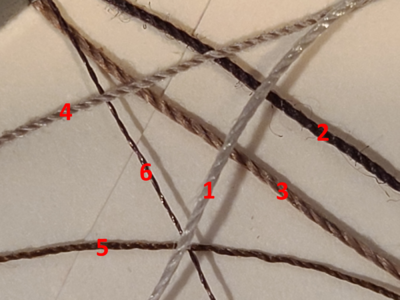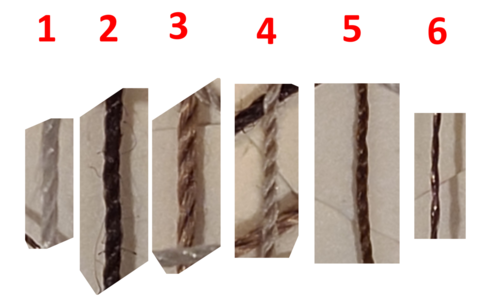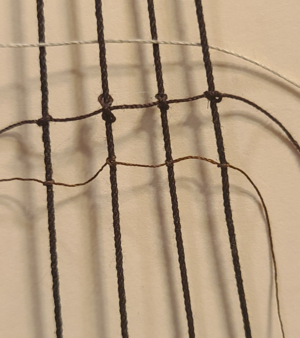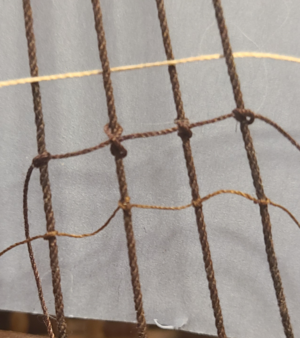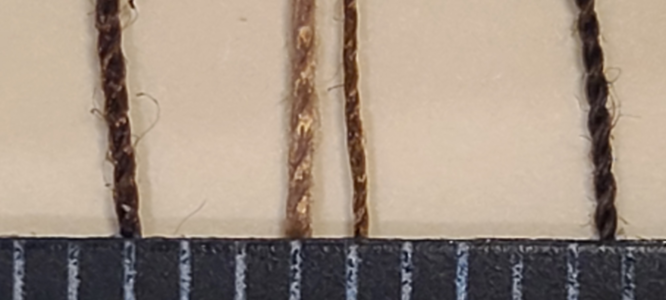I know this is getting silly, but instead of estimating size based on the "standard" 0.3mm scale rope, I decided to look at my finalists and measure their actual size:
View attachment 411742
Leftmost is the Coats & Clark Dual Duty XP Heavy, which is supposed to be 0.25mm in diameter, but is actually 0.46mm.
Next is the Gutermann Top Stitch Heavy Duty, which is supposed to be 0.18mm in diameter, but is actually 0.44mm.
3rd is the Mettler Metrosene Plus, which is supposed to be 0.14mm in diameter, but is actually 0.26mm.
Last on the right is the 0.3mm Polyester Rope from Modellbau Takelgarn, but it actually measure between 0.35mm and 0.42mm (hills and valleys).
I don't mind that the Modellbau thread is larger than specified; it is scaled nicely as sizes increase, and relative size is more important to me.
So, actually, the hard-to-handle stuff, that I almost can't see, is almost exactly the right size in scale (Peter was right - but with a "thread" last name, of course he was!). I'm just not sure I can work with it.
BTW, for anyone wondering how I calculated the specified diameters on the threads, there are a number of formulas that "should" allow one to calculate other size factors, knowing any one factor:
The size measurement types are:
Wt or Weight = the Number of Kilometers of thread to weigh 1 Kilogram.
Tex = the Weight in Grams of 1,000 Meters of thread.
Tex = 1000/Wt
Those conversions are pretty much absolute. It gets a bit confusing with diameters, though. These are the most standard formulas I've found:
Diameter in mm = SquareRoot(Tex)/32.92 or Tex = (Diameter*32.92)^2
Diameter in mm = 0.96/SquareRoot(Wt) or Wt = (0.96*Diameter)^2
Most diameters actually measure larger than the formulas indicate, it seems. I believe that may be that the "density" of the thread is less than expected. Possibly the formulas are based on solid polyester, rather than polyester thread, which has open areas in its cross section.
Does this determine what I should use? I don't know.






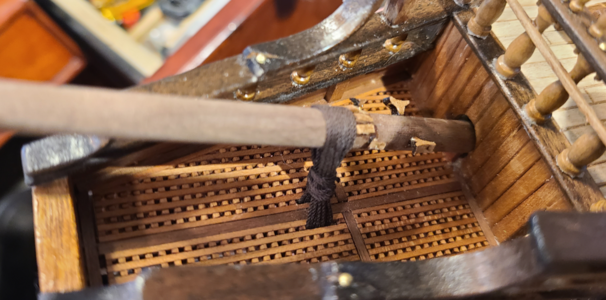
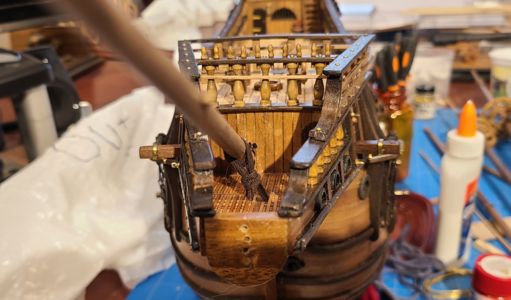
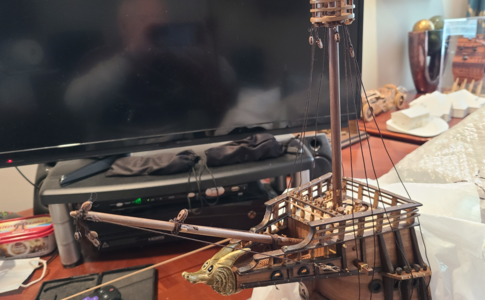
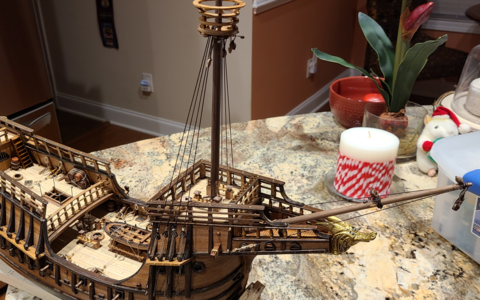
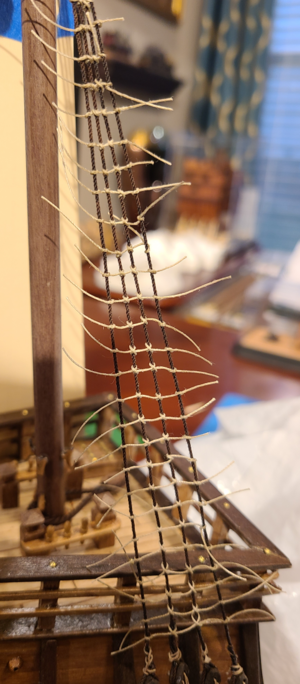
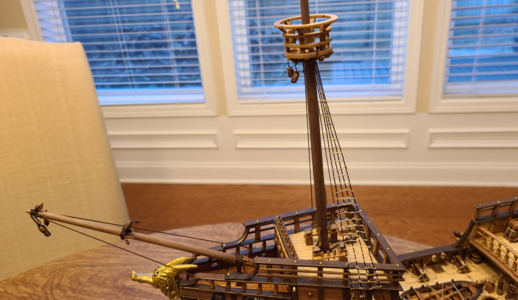
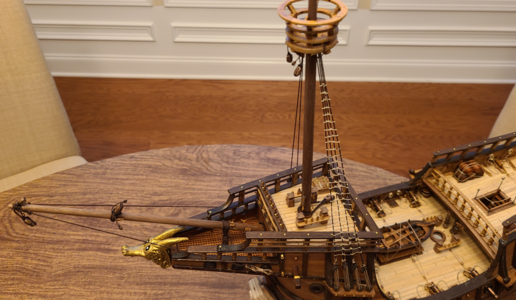
 , but doable. Hopefully you didn't use any CA on the knots, but even that, given the right debonder is reversable.
, but doable. Hopefully you didn't use any CA on the knots, but even that, given the right debonder is reversable.


